A complete guide to Oatlands, TAS
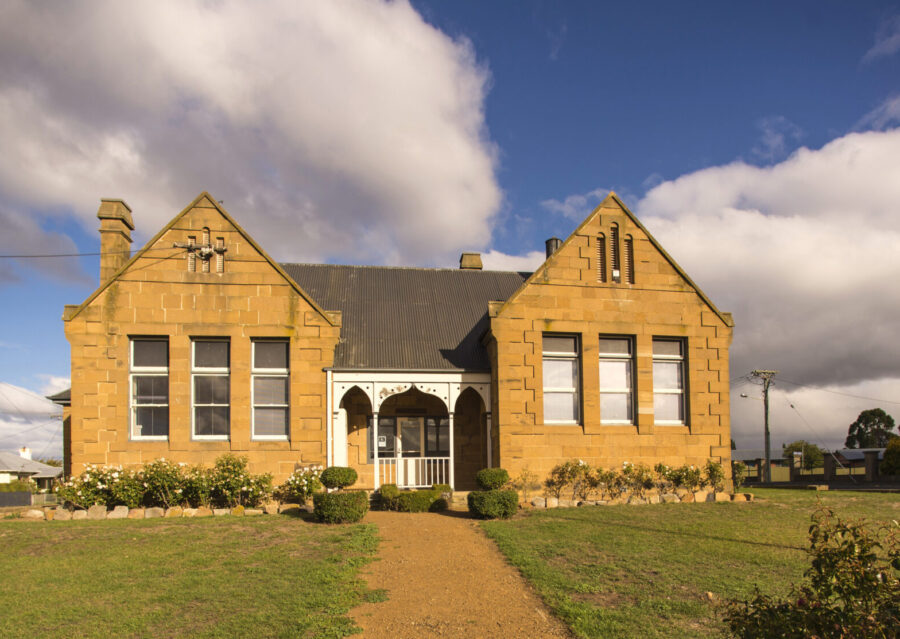
Oatlands has the largest collection of Georgian sandstone buildings in any village in the Southern Hemisphere, with 87 stone buildings in High Street alone and a total of 138 historic buildings within the town boundaries. It is a wonderland for anyone interested in early Van Diemen’s Land history, because the impressive buildings lining High Street have been largely untouched since the 1830s.
While Richmond and Ross have become popular destinations for history-loving Tasmania visitors, Oatlands offers travellers such riches as a working Lincolnshire flour mill; a Military Precinct with a Court House, Commandant’s Quarters and jail; and many private houses ranging from elegant dwellings through to simple homes for soldiers
and tradesmen.
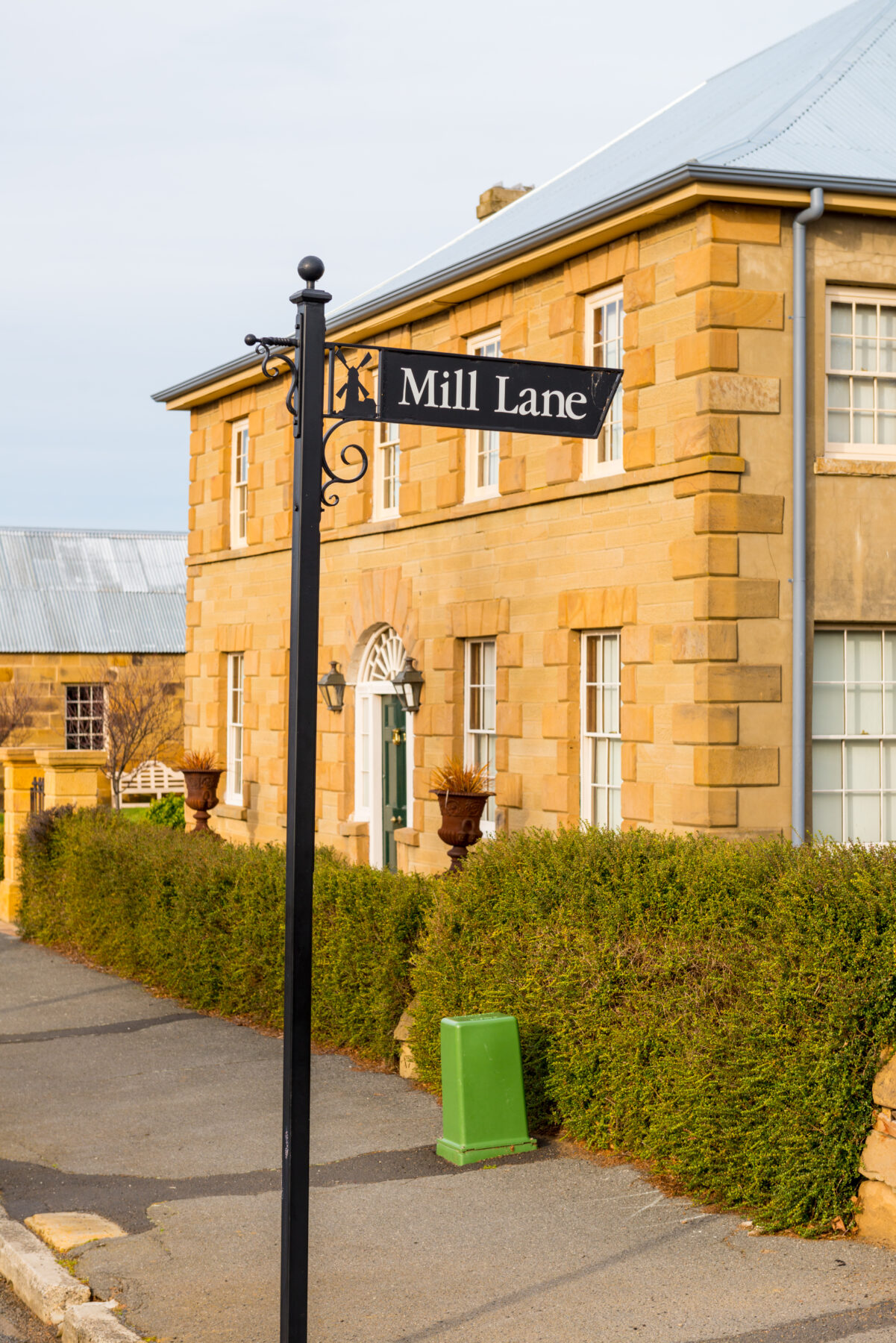
Location:
Oatlands is in central Tasmania, an 84km drive north of Hobart.
Origin of Name:
Governor Lachlan Macquarie named the town site “Oatlands” on 3 June 1821. Oatlands was the name of the ancestral home of the Duke of York, second son of King George III.
Visitor Information :
There is no Visitor Information Centre in the town. Information is available in many High Street businesses.
Useful Websites:
Southern Midlands Council – Oatlands
Hobart & Beyond – Heritage Highway
Image credit: CUHRIG/Getty
Places of interest
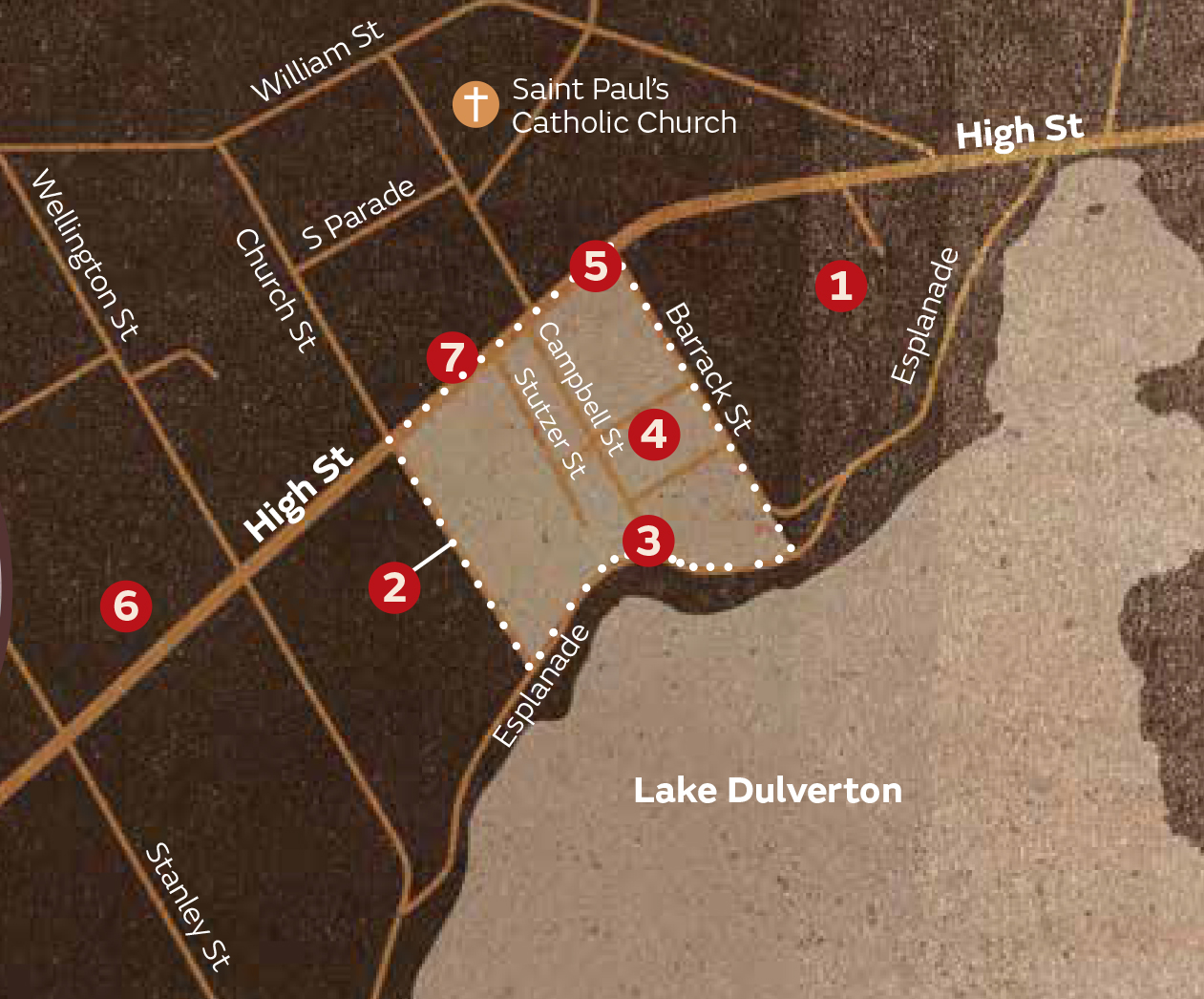
1. Callington Mill
Callington Mill on Mill Lane is the only working Lincolnshire-style windmill in the Southern Hemisphere. It was built in 1837 by John Vincent, who soon lost interest and tried to sell it.
A steam mill was established in 1846 in the granary and in 1850 Callington was sold to Thomas Jillett, who began producing up to 6.5 tonnes of flour a day.
The mill continued to operate until 1892. In 1909 a storm blew its sails away and in 1912 it was gutted by fire.
It has since been carefully restored.
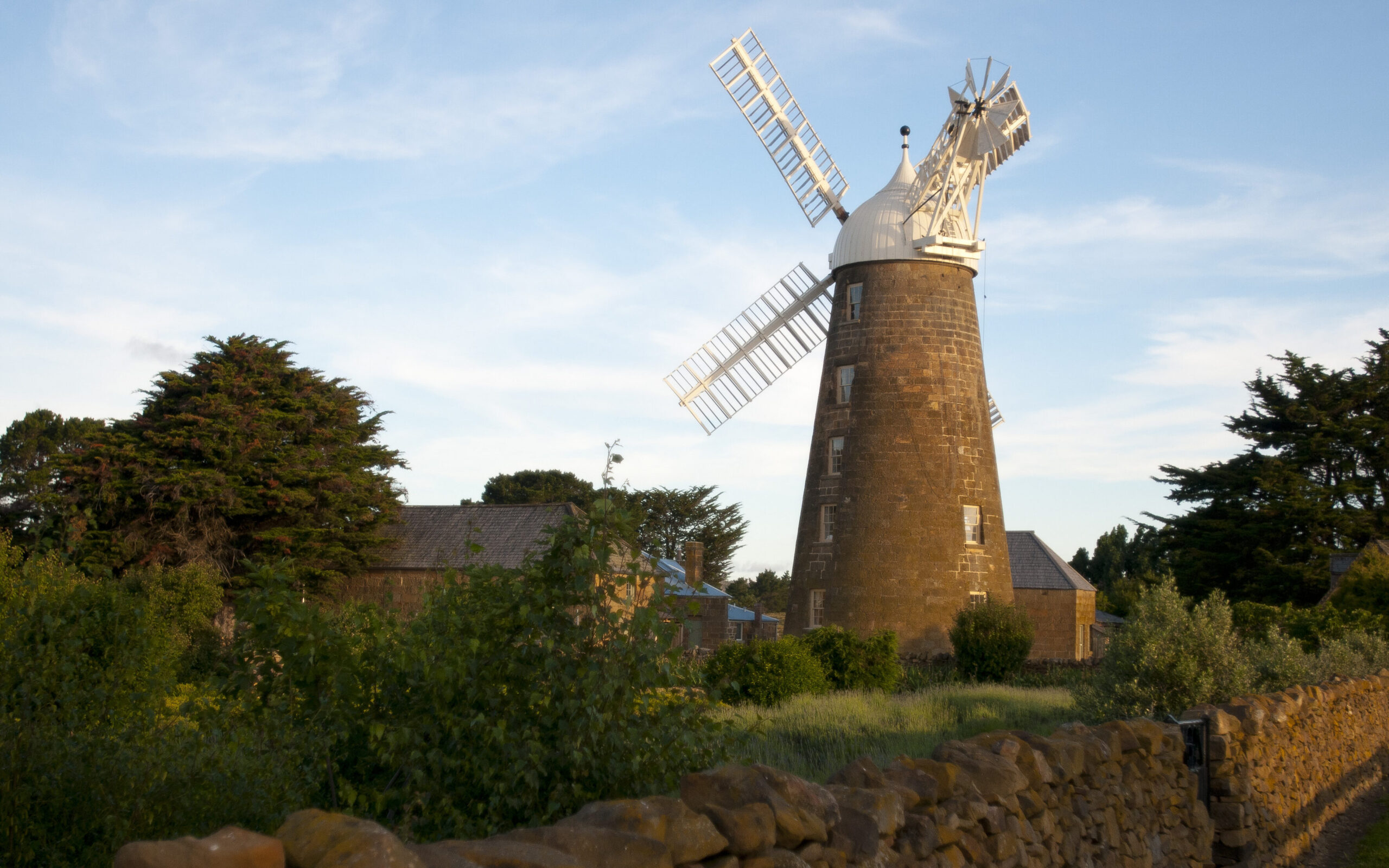
2. The Military Precinct
In 1826 skilled tradesmen from the Royal Staff Corps were sent to Oatlands to build a military precinct comprising the Oatlands Gaol, Commissariat Store, a guard house, Court House and the Commandant’s Quarters. The surviving buildings and ruins are of great importance in the convict and military history of Tasmania.
3. Oatlands Court House
The Oatlands Court House is located on the corner of Campbell Street and the Esplanade. It was built by two convicts in 1829 and was a single-room building.
It was originally constructed as a combined chapel and police office. In 1835 front rooms, designed by the Colonial Architect John Lee Archer, were added.
It became a fine example of a Georgian public building with an ornate wagon-headed ceiling and 12-pane windows.
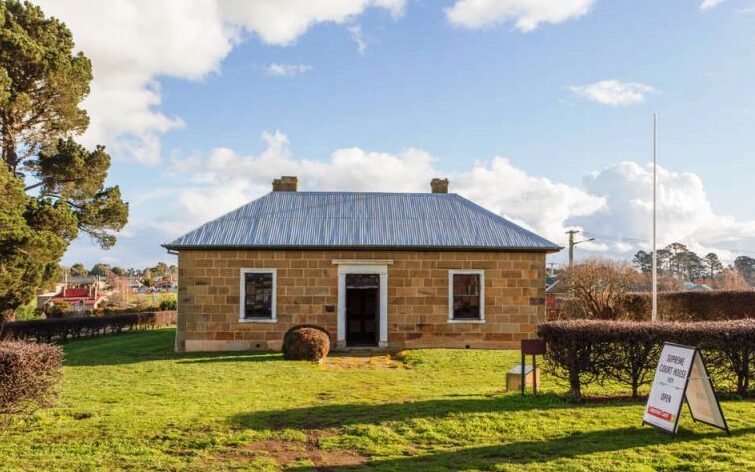
4. Oatlands Gaol
Work began in 1827 on the first jail, which was built of logs hauled to the site by bullock teams.
The early jailers were infamous; the first was removed because he sexually harassed the sentries. The second was dismissed for “taking convict women into the bush”. The third was sacked for corruption and greed.
Joseph Masters, the last jailer in the log jail, was fired because his wife was having drunken parties with some of the inmates.
5. The Commissariat Store
Located at 79 High Street and erected in 1827, the Commissariat Store is the oldest building in the Military Precinct.
It was built out of stone because the stores, which were housed in the building, had to be protected from theft.
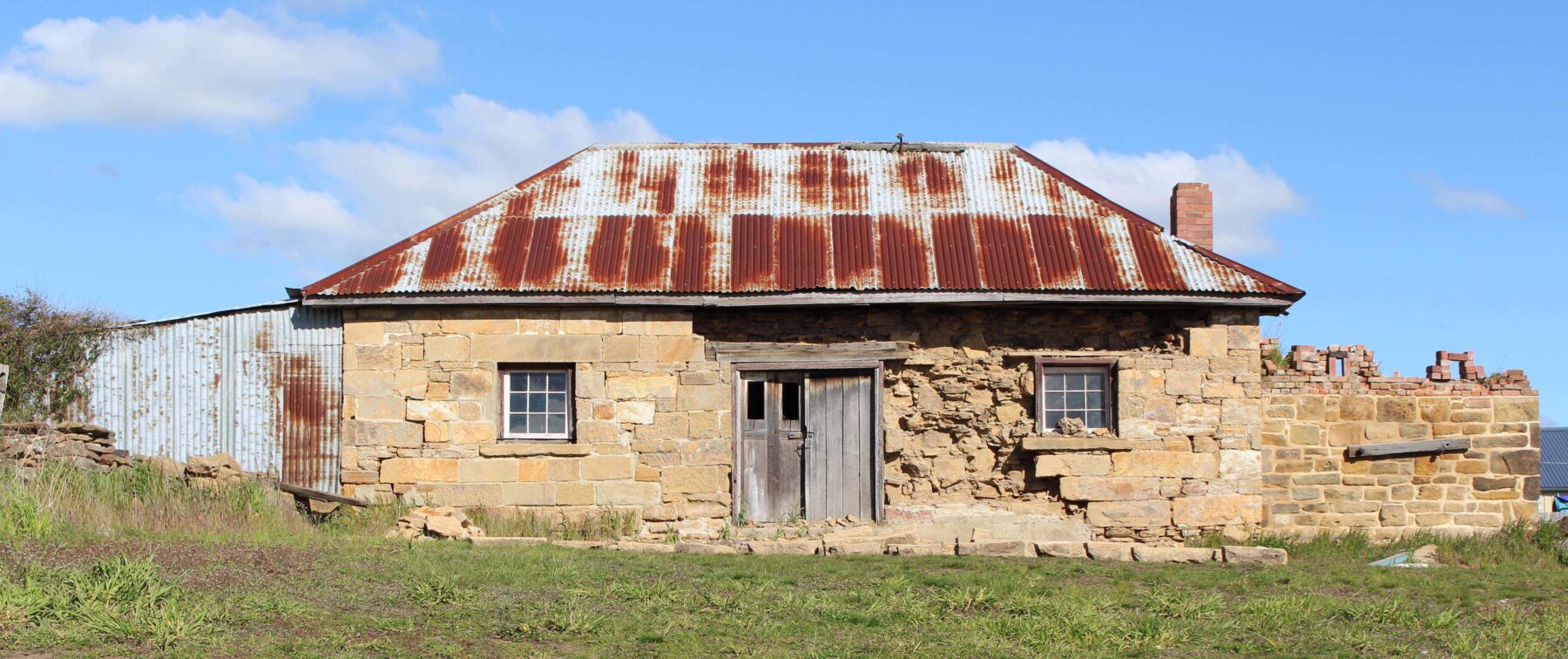
6. Holyrood House
Located at 40 High Street, Holyrood House was built in 1840 by John Whitefoord, the Oatlands police magistrate.
By 1852 it was a grammar school and in 1860 it was purchased by Dr Wells who later sold it to Dr Morehead. It became known as “the doctor’s house”.
Set in two acres of gardens, characterised by deciduous trees and shrubs, it is one of the town’s most impressive buildings.
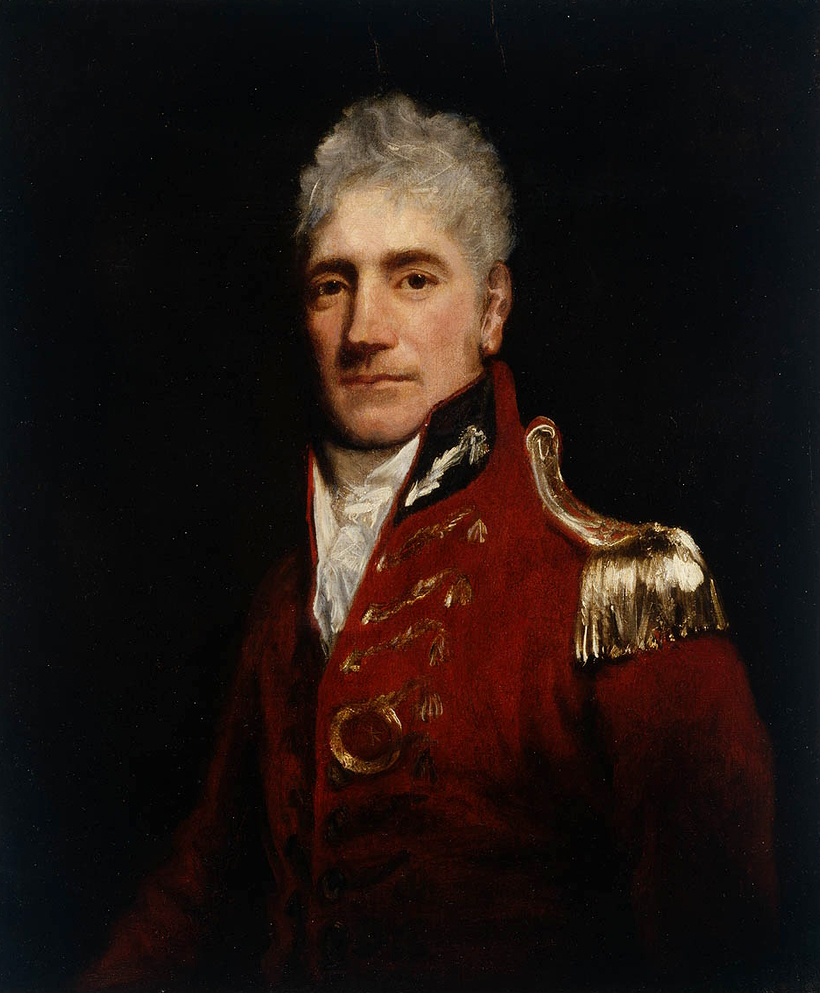
History
Before European colonisation the area was occupied by members of the Paredarerme Aboriginal language group.
Europeans first explored the district when Governor Lachlan Macquarie (pictured) and his party passed through in 1811.
On 3 June 1821 governor Macquarie returned to the area and recorded in his journal: “…halted at the Great Lagoon about six miles from Wright’s in Westmoreland Plains and fixed on the site of a township on the banks of said lagoon, naming itOatlands. This is the most eligible situation for a town being well watered and in the midst of a rich fertile country.”
When Macquarie decided that a road should be built from George Town to Hobart, a number of military posts were established along the road and Oatlands was chosen as one of the sites.
Military detachment HM 3rd Regiment of Foot (Buffs) was stationed in the town in 1825.
In 1827 Governor George Arthur decided to clear trees and establish Oatlands as a village.
By 1829 free settlers, said to be “very respectable”, were moving into the town.
Callington Mill was built in 1837.
The Municipality of Oatlands was proclaimed in 1861.
Image credit: Wikimedia


